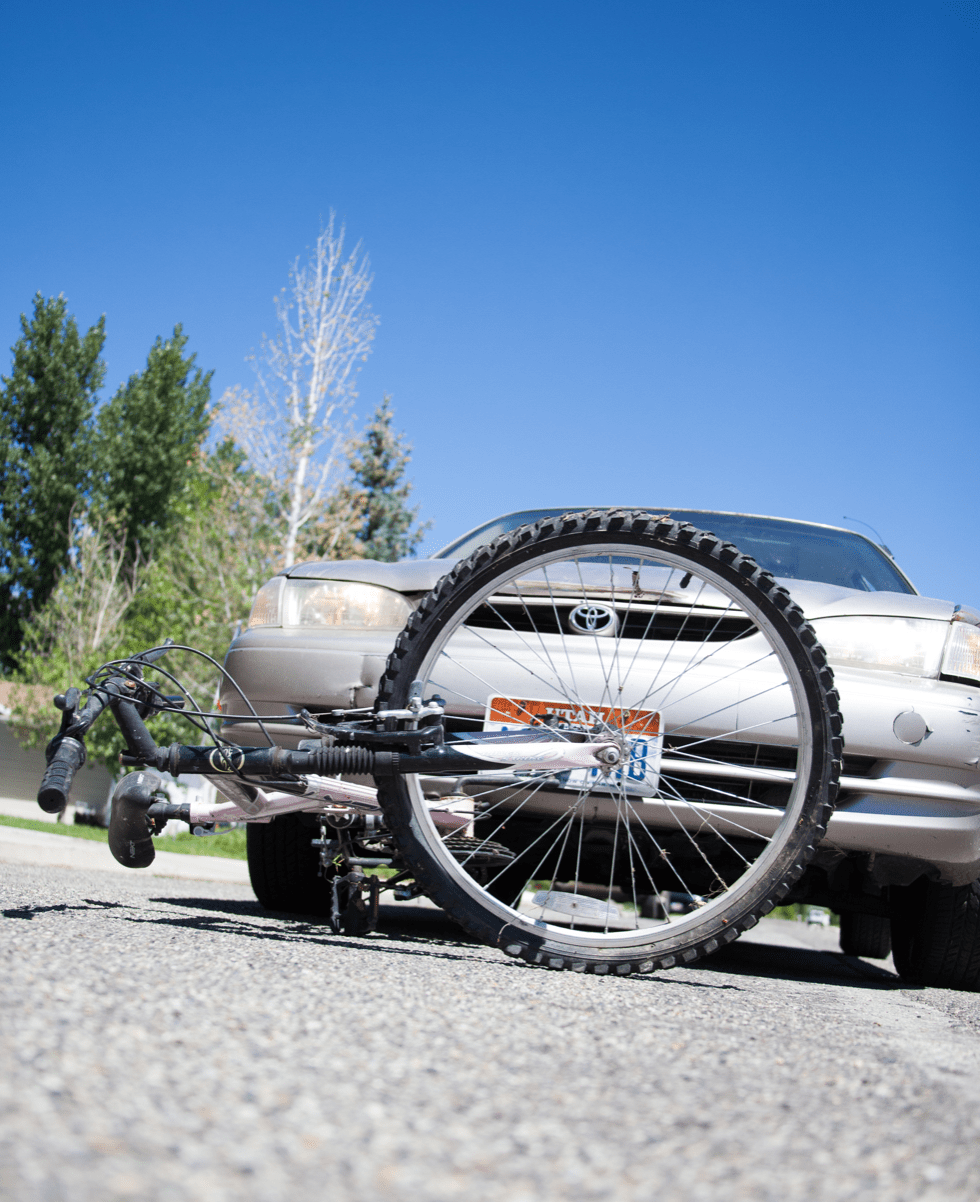Personal injury lawsuits are intended to compensate those who are injured in accidents through no fault of their own. If you are considering one of these claims, you are probably wondering how much compensation you could recover. But because personal injury law encompasses so many situations and causes of action, there is no set number or formula to calculate damages. Every single case is different, and there are a number of different issues that a jury will consider before deciding a proper compensation amount.
What Kinds of Damages Can a Plaintiff Seek?
In most places, personal injury damages fall into two separate categories. These are economic damages and non-economic damages. Economic damages reimburse a plaintiff for what they lost due to the injury or accident. Non-economic damages compensate the victim for non-monetary losses, which are not readily quantifiable.
Economic Damages Explained
The most commonly awarded damages in personal injury lawsuits are economic damages. They compensate the injured person for the quantifiable losses they suffered due to the accident. Some economic damages are easier to determine than others. For example, it is much easier to present a hospital bill for the treatment of a broken leg than it is to put a dollar amount on the physical pain that break caused. So, what qualifies as economic damages?
Medical costs
Nearly all personal injury damages include compensation for medical bills accrued due to the accident. In addition, a plaintiff can estimate how much money they will need for future treatment, therapies, surgeries, medication, etc.
Lost wages
If the accident leaves you unable to work for a certain amount of time, you are likely losing that income source, and can ask for the amount in damages. Also, you can seek damages based on future income if the accident leaves you unable to perform your former job. This is often known as a “loss of earning capacity.”
Property damage
Any damage to a plaintiff’s personal property may also be repaid. Repairs or replacement to cars and trucks after an auto accident is a common example.
Non-Economic Damages Explained
Non-economic damages are much more subjective in nature than economic damages. They also vary widely from case to case and can be difficult for juries to wrap their heads around. Because of this, each state has its own guidelines on how to calculate them. There are several common types of non-economic damages.
Physical pain and suffering
Injuries can cause the victim physical pain and discomfort. This may occur during the accident, in its immediate aftermath, and in the weeks and months after. A plaintiff can seek compensation for this pain.
Emotional and psychological trauma

A plaintiff can also receive damages for post-accident trauma such as anxiety, depression, PTSD, and other disorders.
Loss of consortium
The ability to collect loss of consortium damages and the amount of those damages often depends on the nature of the relationship between family members. Typically, it is available to spouses, but some states also allow parents or children to claim loss of consortium. In some states loss of consortium damages can be awarded to the victim and in others only to the family member.
Punitive Damages and Personal Injury Suits
In cases where the at-fault party’s conduct is particularly egregious or negligent, a jury may award punitive damages. The idea is to punish the defendant for their outrageous actions and provide a deterrent to others. In some cases, punitive damages can reach thousands or even millions of dollars. While the big money cases such as class action lawsuits get plenty of press, the fact is that most personal injury cases are not eligible for punitive damages.
Damages Caps
Some states place caps on the amount of damages a plaintiff can collect. Caps typically don’t apply to economic damages, but they may apply to noneconomic and punitive damages. The caps that apply depend on your state. Damages caps can also depend on the type of case you have. For instance, some states place caps on damages arising from medical malpractice but not other types of personal injury cases.
What if the Plaintiff is Partially at Fault for the Accident?
Although there are certainly instances where one party is entirely at fault for an accident, in many cases all parties involved had their own part to play. In personal injury law, assessing liability when multiple parties are at fault can get complicated. This affects how much a plaintiff may be able to collect in a lawsuit or even whether they will be able to collect at all. There are two basic approaches: contributory negligence and comparative negligence.
What is Comparative Negligence?
In the most basic sense, comparative negligence reduces a plaintiff’s damages by the percentage they are responsible for the accident. States that follow this principle follow one of three approaches.
Pure comparative negligence
With pure comparative negligence, no matter what the plaintiff’s fault percentage is, they are still allowed to seek damages for the defendant’s fault percentage. So even if the plaintiff is 99% at fault, they can still seek that 1% in a lawsuit. Only a few states follow this approach, such as California and Alaska.
Modified comparative negligence (50% bar rule)
In some states, such as Colorado and Maine, a plaintiff will not recover if the jury determines he or she is equally responsible (50%) or more for an accident. If they are less than 50%, they can recover a percentage of damages equally to the other party’s percentage of fault.
Modified comparative negligence (51% bar rule)
Hawaii, Iowa, Texas (click this link to learn more) say a plaintiff cannot recover if they are found more responsible (51% or more) than the defendant. If they are 50% or less responsible, they can recover a percentage of their damages. This is known as the 51% bar rule.
What is Contributory Negligence?
Under a contributory negligence approach, a plaintiff cannot recover damages if they contributed to the accident at all. If the jury deems the plaintiff even 1% to blame for an accident, the plaintiff receives nothing. Historically, contributory negligence was the rule in all states. This approach was deemed unnecessarily harsh, leading to many states shifting to comparative negligence or modified comparative negligence laws. Today, the only jurisdictions that still use the contributory negligence approach are Alabama, Maryland, North Carolina, Virginia, and Washington, D.C.
Comparative/Contributory Negligence Impact on Personal Injury Suits
Knowing which of these approaches your state uses in calculating damages can have a big impact on your claim. It may cause your attorney to suggest different strategies than an attorney in another state would. If there are any questions of responsibility, in some states it might be easier to negotiate a settlement, while in others it would be better to push for a trial. Talk to an experienced personal injury attorney to learn more about the laws in your state and how it may affect your personal injury claim.
Can Insurance Affect My Compensation?
Insurance coverage can play a huge factor in your damage recovery, especially if the accident is covered by an auto liability or homeowners liability policy, The at-fault party’s insurance coverage will usually cover costs and losses in a personal injury claim. However, insurers will pay only up to the policy limits, no matter what the jury award is. If the policy does not cover all your awarded damages, you can try to collect the rest of the damages from the defendant. But your average person likely doesn’t have that much money just sitting around. You may be able to file liens on some of their property or garnish their wages, but this takes more time and thousands of dollars in extra legal fees that may not be worth it for a plaintiff.
Should I Talk to an Attorney About My Personal Injury Claim?
In the aftermath of an accident, most people are just looking to get fair compensation to help them recover physically and financially. Taking the time to talk to an experienced personal injury attorney can pay big dividends.
An attorney can go over your case, calculate how much compensation you deserve under your state’s law, and put together a plan to make sure you aren’t being short-changed by the other party’s counsel or insurance company. You don’t want to accept a settlement of less than you deserve, which means you need to have a clear idea of what your case is worth. Ultimately, here is no predetermined amount or formula that you can use to determine how much your personal injury case is really worth. To do that, you need an attorney who can assess the specific facts of your case.
How Long Do I Have to File a Personal Injury Claim?
The time period that a plaintiff has to file a cause of action is known as the statute of limitations. Every civil claim has one. Most personal injury lawsuits have a statute of limitations of around two years, but this depends on the claim and the state. In some states you may have only one year to file a personal injury claim, while in others you may have up to four.
This is where consulting with an attorney is vital. They will be well aware of what limitations apply and whether the limit might be extended or “tolled” in your circumstances. Even if the statute of limitations seems like a long time, remember that sometimes it takes time to properly investigate a case. Don’t leave just a few weeks to file your lawsuit. If you fail to file your claim on time, you may be barred from pursuing compensation at all.
Conclusion
Like with everything legal, personal injury lawsuits are not one size fits all. The type of accident, the injuries you suffer, and many other factors can ultimately affect what damages you receive in the end. Always talk to a personal injury lawyer before accepting any settlement or filing any lawsuit to make sure your rights and interests are represented every step of the way.


Join the conversation!